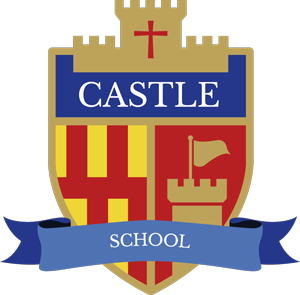What is Bullying?
“Bullying is something that can hurt you on the inside or on the outside. It hurts you on the outside by hitting you and hurting you physically. It hurts you on the inside by name calling, or hurting your feelings.
“Bullying is done on purpose, it’s not an accident. If someone hurts you during a game by accident that is not bullying, but if every time you played a game they hurt you, or your feelings that would be bullying. It can aim to hurt a group of people or just one person and can be done by a group or just one person.
“Bullying happens more than once. The bully/bullies do it over and over and over again and they can take away your self esteem and confidence.” – Bully Busters, 2017.
You can view the NCEAT Anti-Bullying Policy on their website.
What is E-Safety?
Often referred to as ‘internet safety’, ‘online safety’ or ‘web safety’, E-safety is defined as the safe and responsible use of technology. This includes the use of the internet and also other means of communication using electronic media (eg text messages, gaming devices, email etc).
In practice, e-safety is as much about behaviour as it is electronic security. E-safety in this context is classified into three areas of risk:
- Content: being exposed to illegal, inappropriate or harmful material;
- Contact: being subjected to harmful online interaction with other users;
- Conduct: personal online behaviour that increases the likelihood of, or causes, harm.
As a school we have a duty to protect and educate pupils and staff in their use of technology and have the appropriate mechanisms in place to intervene and support any incident where appropriate (Ofsted 2017). We teach pupils about e-safety at every opportunity through their computing lessons, but appreciate that outside of school hours, children can be given unsupervised access to the internet which might leave them vulnerable to harmful material.
To support parents and carers with maintaining safe online practices, please see our helpful tips and resources below. If you need more help with e-safety, or if you wish to report a problem, please visit the Child Exploitation and Online Protection (CEOP) command website.
- All use of the internet at home for our children should be supervised.
- Youtube, Xbox Live and Playstation activities should always be used under supervision.
- Social Media (including Facebook, Twitter, Instagram, Snapchat, Tik Tok) – Many of these sites have a minimum age limit of 13, so pupils should NOT be using them. They do not offer the same levels of protection as School 360.
- Keep your computer in a shared area – Talk to your child about what they are doing online and, if possible set up your computer in a shared area at home so that you can all share in the wonderful sites that are available online.
- Display an e-safety poster at home – We have e-safety posters on display in our classrooms. Why not put one up next to the computer at home and talk about it with your children?
Stop Bullying | Help and advice for children who are being bullied.
Childnet (formerly Kids Smart) | E-Safety training resources for parents and carers.
Think You Know | Help and advice for children aged 4-7, parents and carers.
Disney Online Safety | Tips for internet safety from the creators of Mickey Mouse!
CEOP | Advice for parents on how to keep your child safe and a contact button for help and advice should there be any E-safety issues that you need help with.
NSPCC | Advice on how to approach conversations around e-safety for parents and carers from the national children’s charity.
View the e-safety page on the NCEA Trust website for more information and links to useful resources.

